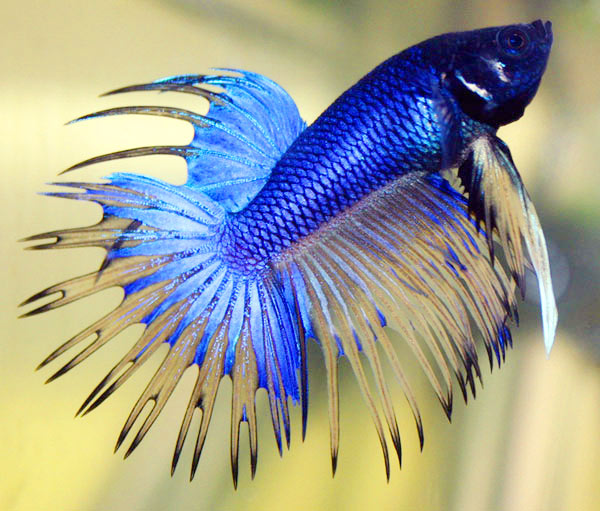
| PROJECTS |
||
 |
BETTA SPLENDENS by John Fan |
|
Although aggression is a common behavior displayed by almost all animals, relatively little is known about its social context and neuronal control. In this proposal I will take advantage of modern methods of anatomical analysis to study the neural basis of this complex behavior. The Siamese fighting fish, Betta splendens, is a perfect model for my studies because it shows a stereotypical aggressive display once in sight of other males, females, and mirrors. My preliminary data show that although this display is a typical response, there are often clear behavioral differences between individual fish, as well as unique reactions depending on the social context. I will place males in socially diverse situations, analyze their behavior in detail, and then access the neuronal activity in different brain areas as indicated by consumption of a fluorescent labeled sugar. I will pay special attention to the forebrain because it has been previously shown to play a role in modulating behavior based on social context in different animals. I hypothesize that different areas of the forebrain will be active in fish displaying in different social situations. I hope this research will help shed light on the influence the forebrain on social behavior in general. In nature, the idea of animal behavior being dependent on social context is not unusual. For example, many male species will fight when near other males, and yet display or exhibit courtship when with females. Betta splendens is a species of fish where aggressive male-male display behavior is well documented. At a first approach, it appears that males display the same behavioral repertoire when presented with males, mirrors, or females. In all cases male fish will flare their gills, spread their fins, thrash, and even bite at other fish. My preliminary observations however, suggest that a different behavioral pattern occurs when a male is presented with a female versus when he is presented with another male. I have noticed that the male behavior when presented with a female is more display oriented and has fewer violent actions. In mammals, the frontal cortex mediates cognitive functions that are required to perform complex social tasks including a number of psychological processes such as: 1) perception of pertinent information; 2) behavioral control and adaptation to changes in the environment; and 3) appropriate decision-making on the basis of positive and negative outcomes. In humans, disruptions of these cognitive functions often result in deficits including distractibility, social irresponsibility, lack of initiative, and profound disinhibition (i.e. the case of Phineas Gage). These cognitive symptoms are characteristic of many neurodegenerative disorders such as Alzheimer's and Parkinson's, psychiatric illnesses such as schizophrenia, depression, and obsessive-compulsive disorder (OCD), as well as developmental disorders, such as attention-deficit hyperactivity disorder (ADHD). Teleost fish brains do not have cortexes; however the closest analogous structure, and perhaps even homologous, is the forebrain (or telencephalon). It is therefore logical to propose that structures in the forebrain of fish are responsible for complex social behaviors. |
||